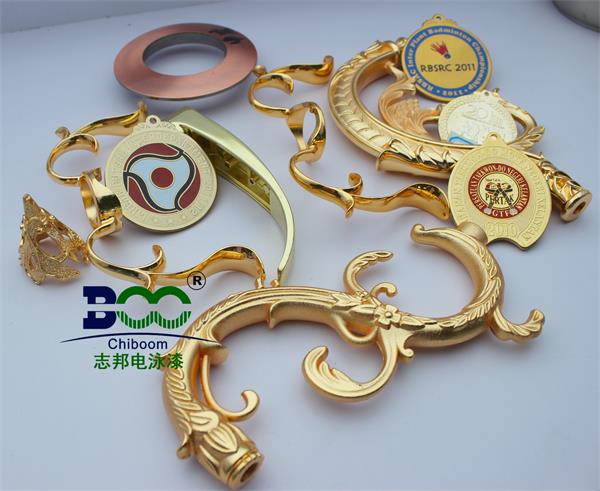Electrophoretic Paint and Its Principle
Electrophoretic paint, an outstanding representative of modern coating technology, has brought revolutionary changes to the surface treatment of industrial products through its unique working principle and wide range of applications. Electrophoretic paint, as its name implies, is a special type of paint that utilizes electrophoretic phenomena for coating, with its core lying in the directional movement of paint particles under an electric field, ultimately forming a uniform and dense coating film on the surface of the workpiece.
Electrophoretic paint primarily consists of organic polymer salts that can ionize in water, as well as various pigments. These components form a colloidal solution in water, exhibiting good dispersion and stability. The electrophoretic coating process is typically divided into anionic electrophoretic coating and cationic electrophoretic coating, depending on whether the coated workpiece serves as the anode or cathode. In the electrophoretic tank, the coated workpiece is immersed in electrophoretic paint and connected to the corresponding electrode. By applying direct current, the paint particles undergo a series of complex chemical and physical changes under the electric field.

The electrophoretic process first involves electrolysis, where water molecules decompose into hydrogen and oxygen under the electric field, while the electrolytes in the paint also undergo ionization. Subsequently, charged paint particles move towards the electrode of opposite charge under the driving force of the electric field, a process known as electrophoresis. When the paint particles reach the surface of the workpiece, due to charge neutralization, the particles deposit on the workpiece, forming a continuous coating film, a process known as electrodeposition. Additionally, electroosmosis is also an important aspect of the electrophoretic coating process, which promotes the movement of water in the paint towards the opposite direction of electrophoretic particle migration, helping to reduce the water content in the coating film and improve its density and adhesion.
The advantages of electrophoretic paint technology lie in its high degree of automation and mechanization, which significantly improves labor productivity and reduces labor intensity. At the same time, electrophoretic paint exhibits excellent throwing power, capable of penetrating into complex structures within the workpiece to ensure uniform coating coverage, particularly suitable for coating conductive materials with irregular shapes. The coating film formed by electrophoretic paint has strong adhesion to the substrate and excellent corrosion resistance, significantly improving the service life and aesthetics of the product.
In the automotive manufacturing industry, electrophoretic paint technology is widely used for primer coating of vehicle bodies, providing excellent corrosion protection and a smooth and attractive appearance. The home appliance industry also benefits from electrophoretic paint technology, with refrigerators, washing machines, and other products featuring外壳 coated through electrophoretic coating, which not only enhances product durability but also gives a more stylish and refined appearance. Furthermore, electrophoretic paint plays an important role in aerospace, shipbuilding, and other fields, providing reliable surface protection for these high-precision, high-demand products.
In summary, electrophoretic paint, with its unique working principle and outstanding performance, has become an indispensable part of modern industrial coating. It not only improves product quality and aesthetics but also promotes the automation and intelligentization of industrial production, injecting new vitality into the development of industrial aesthetics. With the continuous advancement of technology, electrophoretic paint technology will continue to play an important role in a wider range of fields, creating a better life for humanity.





 WeChat
WeChat